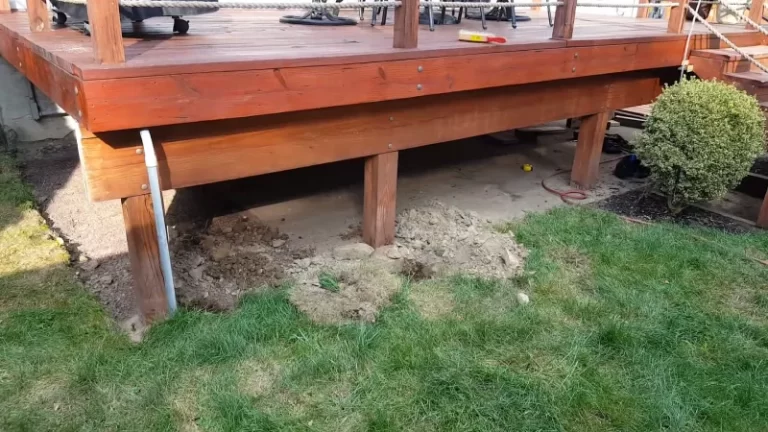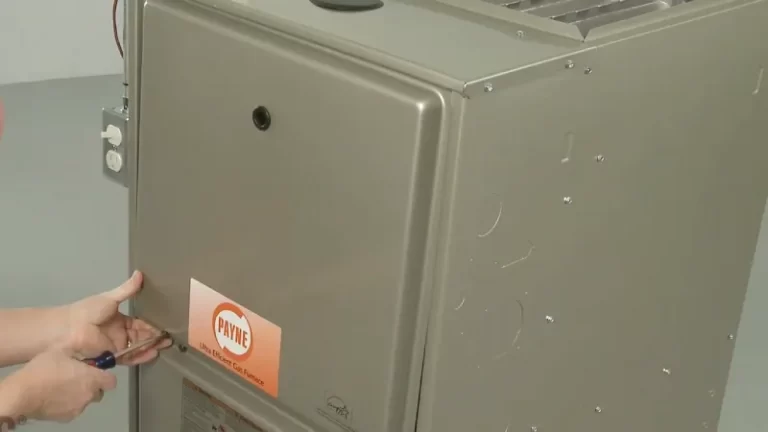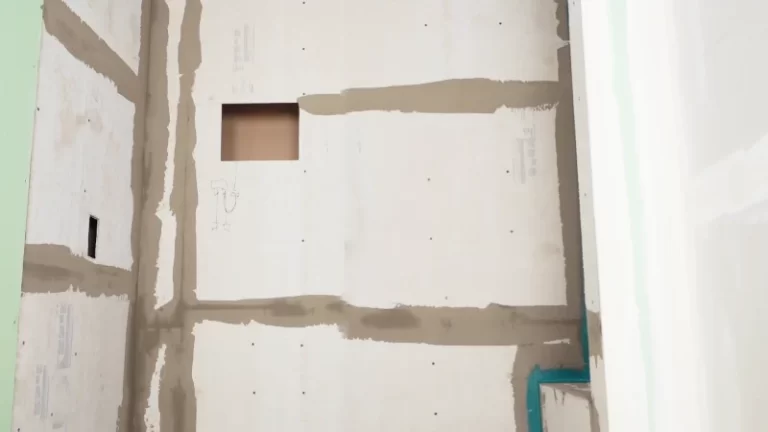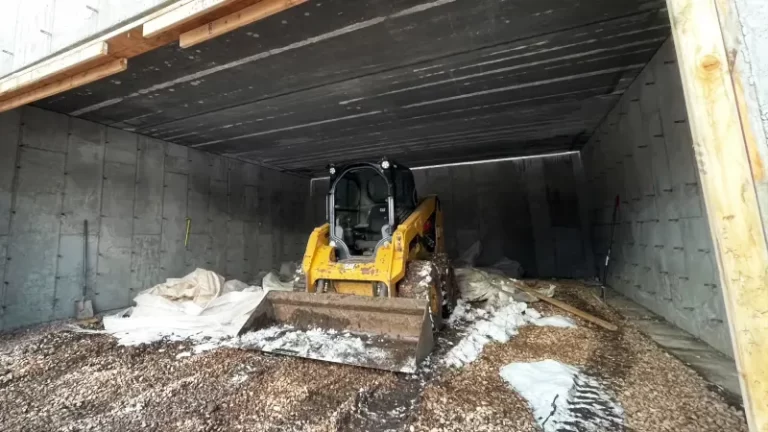Is 1 Inch Out of Square Okay? Thing You Should Know
In construction and carpentry, the term “square” refers to a structure or object that is perfectly aligned and perpendicular, forming a 90-degree angle. The squareness of a structure is crucial in ensuring stability, durability, and aesthetic appeal.
When a structure deviates from being perfectly square, it is referred to as being “out of square.” A 1-inch discrepancy may seem small, but it can result in significant consequences for the overall stability and appearance of a structure.
In this blog, we will discuss the implications of a 1-inch discrepancy in terms of squareness and explore ways to correct it.
You'll Learn About
Understanding the Consequences of a 1-inch Out of Square
In the context of building and construction, “square” refers to the level and uniform alignment of a structure or element. It is essential that structures are square in order to ensure stability, strength, and proper functioning.
Importance of Having a Square Structure
A square structure is crucial for various reasons. First, it ensures that the structure is level and stable. A square structure will not lean or wobble, which can lead to safety hazards and damage over time.
Secondly, it ensures that doors and windows can be installed properly, allowing them to function as intended. Finally, a square structure helps distribute weight evenly, which can extend the life of the building and reduce the risk of structural damage.
1-inch Discrepancy Being Out of Square
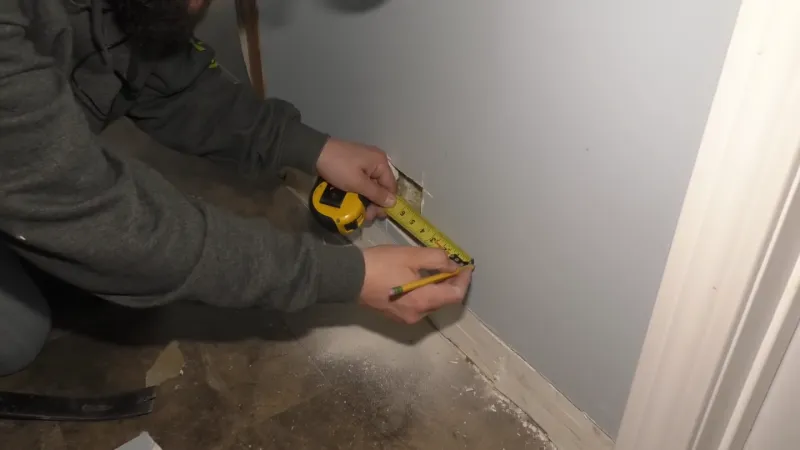
A discrepancy of just 1 inch may not seem significant, but in the context of construction, it can have serious consequences. A 1-inch discrepancy from square means that the structure is not uniform or level, and this can lead to various problems, including difficulty in installing windows and doors and an unequal distribution of weight.
Understanding the Consequences of a 1-inch Out of Square A. Effects on Roof Rafters The first area where a 1-inch discrepancy from square can be felt is the roof rafters. Roof rafters are responsible for supporting the weight of the roof and transferring it to the walls.
A 1-inch discrepancy from square can cause the roof rafters to be out of level, which can cause the roof to be uneven and lead to structural problems over time.
Difficulty in Installing Windows and Doors
A 1-inch discrepancy from square can also cause problems when installing windows and doors. Windows and doors are typically installed in square openings and if the structure is not square, the windows and doors may not fit properly. This can result in gaps, leaks, and difficulty opening and closing the windows and doors.
Potential for Unequal Distribution of Weight
A 1-inch discrepancy from square can also result in an unequal distribution of weight. This can occur when the structure is not level, which can cause one side of the structure to bear more weight than the other. This can lead to sagging, cracking, and other structural problems.
A 1-inch discrepancy from square may seem like a small issue, but it can have serious consequences. A square structure is essential for stability, strength, and proper functioning, and even a small deviation from square can result in problems such as difficulty in installing windows and doors, uneven roof rafters, and an unequal distribution of weight. It is essential to take these factors into consideration when constructing or repairing a building to ensure that it is square and level.
Causes of a 1-inch Out of Square
A structure being out of square refers to when its corners and edges deviate from being perfectly perpendicular and parallel to each other. In the construction industry, a structure is considered out of square if the deviation is greater than 1/16 of an inch per linear foot.
However, even a deviation as small as 1 inch can have significant consequences on the overall stability and functionality of a structure. So, what causes a structure to be out of square? Here are some common causes:.
Improper Measuring Techniques
Measurement errors are a common cause of structures being out of square. This can happen if the builder or contractor fails to use proper measuring techniques or tools, such as a square or a framing square, to ensure the corners are at 90-degree angles. Inaccurate measurements can lead to incorrect cuts and pieces that do not fit together properly, which can cause the structure to be out of square.
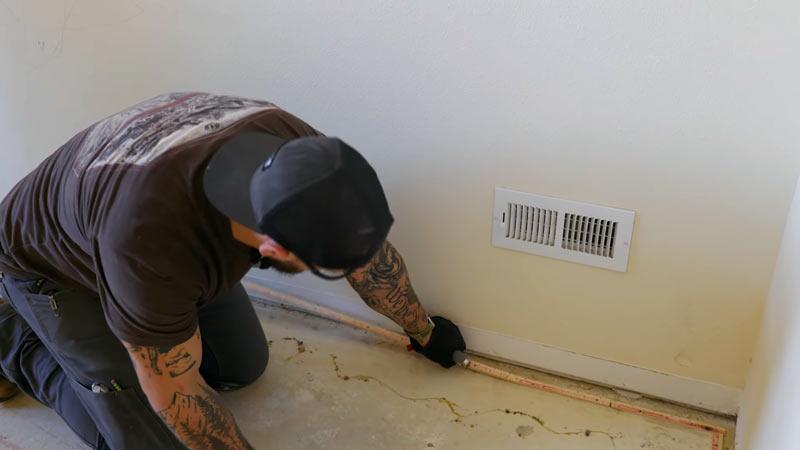
Incorrect Cuts During Construction
Another cause of a 1-inch out of square is incorrect cuts during construction. This can occur if the builder or contractor uses a saw that is not properly adjusted or maintained, leading to cuts that are not straight or perpendicular. Additionally, incorrect cuts can also occur if the builder or contractor does not follow the proper instructions for cutting pieces to size.
Settling of Foundation
Settling of the foundation can also cause a structure to be out of square. Over time, the weight of the structure and soil movement can cause the foundation to sink or settle, leading to structural distortion and a 1-inch out of square. This is particularly common in areas with expansive soil, which can cause the foundation to expand and contract over time.
A 1-inch out of square can be caused by a variety of factors, including improper measuring techniques, incorrect cuts during construction, and settling of the foundation. Regardless of the cause, it is important to address this issue promptly to ensure the stability and functionality of the structure.
Solutions to Fix a 1-inch Out of Square
Adjusting the Frame
One solution to fixing a 1-inch out of square issue is to adjust the frame. This involves measuring and making modifications to the existing frame to ensure it is perfectly square. This is a simple solution that can be done by a DIY enthusiast or a professional carpenter with the right tools and skills.
Shimming and Leveling the Foundation
Another solution to fixing a 1-inch out of square issue is to shim and level the foundation. This involves adding shims, which are thin pieces of material, between the foundation and the frame to make it level. This solution is usually recommended for smaller discrepancies and can be done by a DIY enthusiast or a professional contractor.
Hiring a Professional to Inspect and Correct the Issue
For more significant discrepancies or if you are unsure of the cause of the issue, it is best to hire a professional to inspect and correct the problem. This can include architects, engineers, and contractors who specialize in foundation and framing issues. They will be able to diagnose the issue and provide a solution that will ensure the structure is square and secure.
A 1-inch discrepancy may seem small, but it can have significant consequences on the structure and stability of a building. To ensure the structure is square and secure, it is important to address the issue promptly and correctly. Whether you choose to adjust the frame, shim and level the foundation, or hire a professional, it is essential to have a plan in place to fix the problem and ensure the structure is square and secure.
Prevention of a 1-inch Out of Square
Proper measuring techniques are crucial in preventing a 1-inch out of square issue during the construction process. This includes using accurate measuring tools, such as a level or square, and double-checking measurements multiple times. It is also important to take into account the location of any obstacles or corners that may affect the measurement, as these can cause discrepancies.
Double-checking Cuts and Measurements
Before cutting or drilling any holes, it is important to double-check the measurements to ensure they are accurate. This step can prevent any inaccuracies in the cuts, which can then cause the structure to be out of square. This can be done by re-measuring multiple times and comparing the measurements to the original plan.
Regular Inspections to Detect Any Settling or Shifting
Regular inspections of the structure can help detect any settling or shifting that may cause the structure to become out of square. This can be done by checking the level of the structure, looking for any cracks in the walls, and checking the doors and windows for proper alignment. Regular inspections can also help detect any issues in the foundation, which can then be addressed before they cause any significant damage to the structure.
preventing a 1-inch out of square issue requires careful attention to detail during the construction process, regular inspections, and the use of accurate measuring tools. Taking these steps can ensure that the structure remains square and stable, which can help prevent any potential issues down the line.
Additional Tips for Maintaining a Square Structure
Use a Leveling Tool
When constructing a building or working on any structure, it is essential to have a reliable leveling tool, such as a spirit level, to ensure that everything is square. This tool will help you to quickly identify any discrepancies in the structure, and make necessary adjustments before they become a problem.
Check for Squareness Regularly
Regular inspections are crucial to maintaining the squareness of a structure. This should be done during construction and after completion. Regular checks will help to catch any small inaccuracies before they turn into bigger problems, and give you the opportunity to make any necessary adjustments.
Pay Attention to Load Distribution
Load distribution is another important factor to consider when it comes to maintaining a square structure. Uneven weight distribution can cause settling and shifting, which can lead to a structure becoming out of square. It is crucial to ensure that load distribution is balanced, for example, by using supports and foundation beams, to prevent any settling or shifting.
Maintaining a square structure is essential for ensuring the stability and longevity of a building. By using a leveling tool, checking for squareness regularly, and paying attention to load distribution, you can prevent a 1-inch out of square from becoming a major issue. Regular inspections, proper measuring techniques, and double-checking cuts and measurements can also help to prevent a structure from becoming out of square.
Summary of Key Points for “1-Inch Out of Square”
| Key Point | Explanation |
|---|---|
| Definition of Square | A square structure is one where all sides are equal and at 90-degree angles to one another. |
| Importance of Square Structure | A square structure is important because it ensures stability and symmetry. This is especially important in construction, where the stability of the building depends on the squareness of its components. |
| 1-Inch Out of Square | A 1-inch discrepancy in squareness can have significant consequences for the stability and functionality of a structure. This could lead to problems with roof rafters, difficulties in installing windows and doors, and unequal distribution of weight. |
| Causes of 1-Inch Out of Square | Improper measuring techniques, incorrect cuts during construction, and settling of the foundation are some of the common causes of a 1-inch discrepancy in squareness. |
| Solutions to Fix 1-Inch Out of Square | Adjusting the frame, shimming and leveling the foundation, and hiring a professional to inspect and correct the issue are some of the solutions to fix a 1-inch discrepancy in squareness. |
| Prevention of 1-Inch Out of Square | Proper measuring techniques, double-checking cuts and measurements, and regular inspections can help prevent a 1-inch discrepancy in squareness. |
Frequently Asked Questions
What is the Difference Between Being Square and Being Level?
Being square and being level are two separate concepts in construction. Square refers to the perpendicularity of two sides or lines, meaning they form a 90-degree angle. On the other hand, being level refers to the evenness or flatness of a surface, meaning it is parallel to the ground.
In simpler terms, square is about angles and level is about evenness.
What is the Importance of Having a Square Structure for Building?
Having a square structure is crucial for the stability, safety, and aesthetic appearance of a building. A square structure ensures that walls, roofs, and other elements are evenly aligned and perpendicular to one another.
This results in a balanced distribution of weight and prevents structural damage or failure over time. Additionally, a square structure is necessary for installing windows, doors, and other fixtures in the correct location and ensures they function properly.
How Can Improper Measuring Techniques Cause a 1-inch Discrepancy Out of Square?
Improper measuring techniques can lead to incorrect cuts and measurements during the construction process, resulting in a 1-inch discrepancy out of square. For example, if a carpenter measures the length of a wall with a flexible measuring tape instead of a rigid straight edge, the tape may bend or stretch, resulting in an inaccurate measurement. Another example could be using an incorrect measurement unit or not accounting for fractional differences in measurements, which can add up over time and result in a 1-inch discrepancy out of square.
What Are Some Solutions for Fixing a 1-inch Out of Square Issue in an Existing Building?
There are several solutions for fixing a 1-inch out of square issue in an existing building. One solution is adjusting the frame of the building to bring it back into square. This may involve adding shims or brackets to correct any angles that are off.
Another solution is leveling the foundation of the building, as settling or shifting of the foundation can also cause a 1-inch discrepancy out of square. In some cases, hiring a professional to inspect the issue and correct it may be necessary.
They may use specialized tools and techniques to correct the issue and ensure the building is square and level.
How Can One Prevent a 1-inch Discrepancy Out of Square From Occurring During the Construction Process?
To prevent a 1-inch discrepancy out of square from occurring during the construction process, it’s essential to follow proper measuring techniques and double-check all cuts and measurements. Using a rigid straight edge and measuring tape, as well as clearly marking measurements and double-checking them, can help prevent mistakes.
Regular inspections during the construction process can also detect any issues early on and prevent them from becoming more significant. Additionally, proper planning and attention to detail during the construction process can help prevent a 1-inch discrepancy out of square.
Troy Bilt Storm 2410 Won’t Start After Sitting
Conclusion
having a square structure is essential for a safe and well-functioning building. A 1-inch discrepancy may seem small, but it can have serious consequences such as difficulty in installing windows and doors, potential for unequal weight distribution, and even affect the roof rafters.
It’s important to take the necessary steps to prevent and fix a 1-inch out of square, whether it be through proper measuring techniques, double-checking cuts and measurements, or hiring a professional for inspection and correction.
By taking these steps, we can ensure that our structures are safe, functional, and square.

